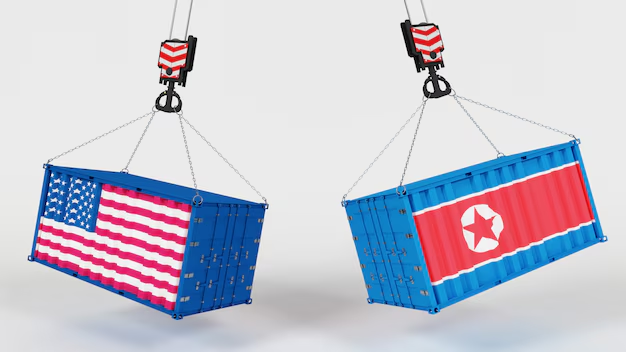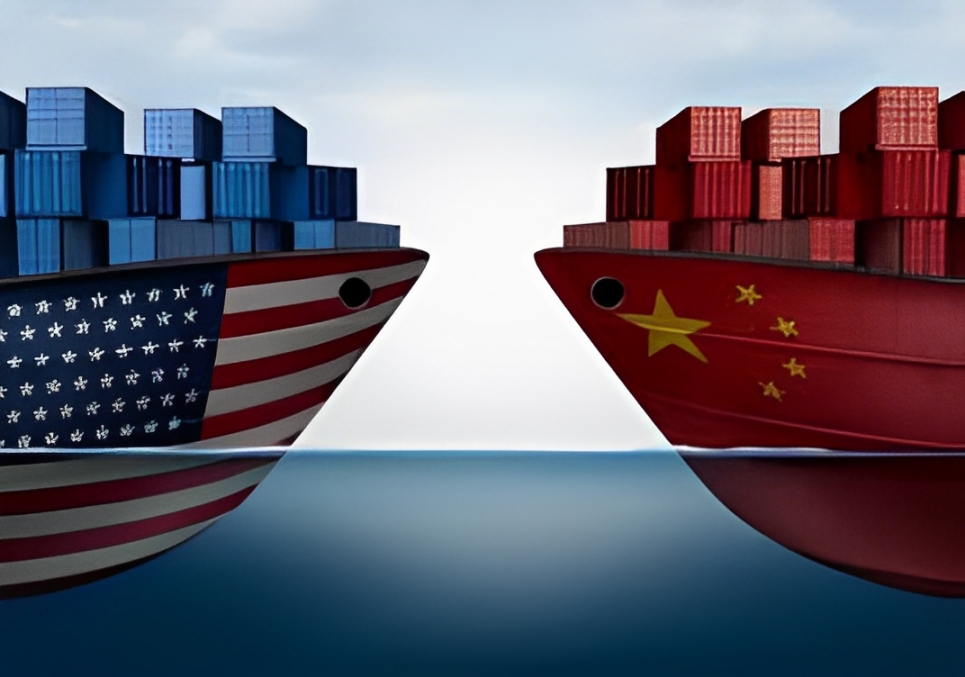
China Hits Back with Tariffs on US Goods After Trump Imposes New Levies
By Asim Qarib
In a swift response to the latest wave of US tariffs, China has announced retaliatory tariffs on American goods, escalating tensions in the ongoing trade war between the world’s two largest economies. The move follows the decision by former US President Donald Trump to impose new levies on Chinese imports, a step that has further strained economic relations between Washington and Beijing.
Details of China’s Retaliation
The Chinese Ministry of Commerce declared that tariffs would be placed on a wide range of American products, including agricultural goods, automobiles, and industrial machinery. The additional duties, ranging between 5% and 25%, aim to counterbalance the US-imposed tariffs, which target Chinese electronics, textiles, and manufacturing components.

Economic Implications and Market Reactions
The financial markets reacted immediately to the news, with global stocks experiencing volatility. Economists warn that the tit-for-tat tariff measures could disrupt supply chains and increase costs for businesses and consumers alike. Key industries such as technology and agriculture are expected to feel the impact most significantly, as both the US and China rely on each other for essential imports and exports.
US Response and Future Negotiations
The US administration has criticized China’s retaliatory action, arguing that the tariffs imposed by Washington were necessary to address longstanding trade imbalances and intellectual property concerns. However, trade analysts suggest that continued escalation could push both nations toward further economic stagnation and prolonged uncertainty.
There are speculations that diplomatic negotiations might resume in an effort to reach a new trade agreement. Experts believe that without a resolution, both economies could suffer substantial long-term consequences, including slowed GDP growth and increased costs for consumers worldwide.

Conclusion: Rising Trade Tensions and Global Impact
The latest exchange of tariffs between the US and China marks another chapter in their ongoing economic conflict. While both sides assert that their actions are necessary to protect their national interests, the global economy faces the risk of further instability. Moving forward, market participants and policymakers will closely monitor any signs of reconciliation or continued escalation between the two economic powerhouses.


